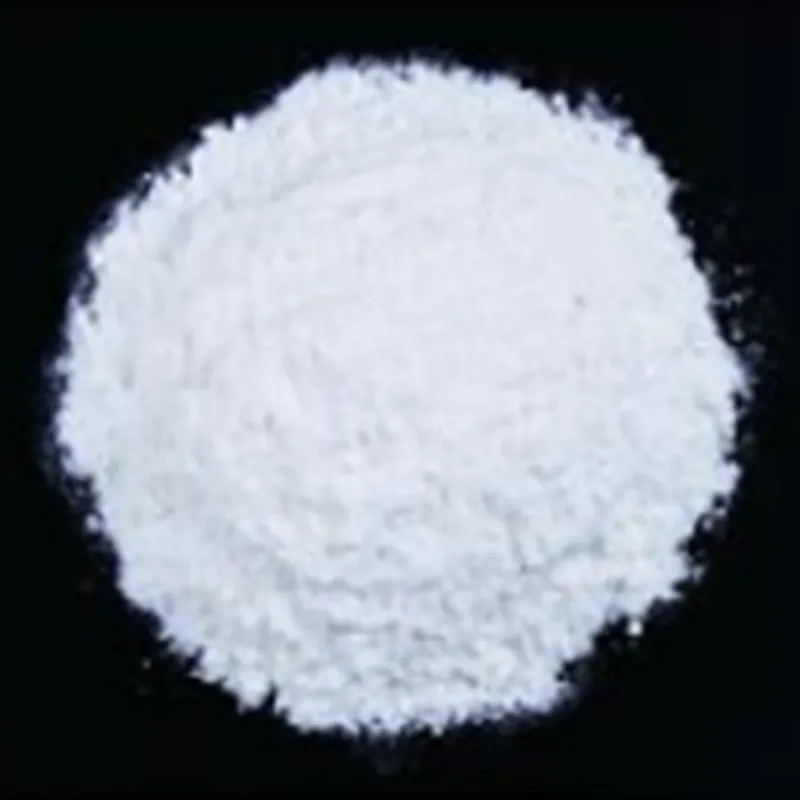
maltodextrin preservative
The Role of Maltodextrin as a Preservative
Maltodextrin, a polysaccharide derived from starch through partial hydrolysis, plays an intriguing role in the food industry, particularly as a preservative. While it is best known as a thickening agent or carbohydrate source, its preservative qualities are often overlooked. This article delves into how maltodextrin functions as a preservative and the implications for food preservation.
Understanding Maltodextrin
Maltodextrin is created by breaking down starches, typically from corn, potatoes, or rice. The resulting white powder is tasteless and easily soluble in water. Food manufacturers appreciate maltodextrin for its ability to enhance texture and improve the mouthfeel of products, making it a staple in many processed foods. However, its preservative properties also warrant a closer examination.
How Does Maltodextrin Preserve Food?
Maltodextrin acts as a preservative primarily through its ability to bind moisture. By creating a dry environment, it inhibits microbial growth, which is crucial for extending the shelf life of food products. Its low moisture content prevents the growth of bacteria, yeast, and molds—common culprits in food spoilage. Additionally, maltodextrin can help protect sensitive ingredients and improve the stability of emulsions in sauces and dressings.
Furthermore, maltodextrin can serve as a bulking agent while also encapsulating flavors, vitamins, and nutrients. This encapsulation process preserves these elements longer and makes them more bioavailable when consumed. As a result, food manufacturers can enhance their product's quality while extending its shelf life.
Benefits of Using Maltodextrin as a Preservative
maltodextrin preservative

There are several benefits to using maltodextrin as a preservative. First and foremost, it is a cost-effective solution for extending the shelf life of food products. Given the rising costs of traditional preservatives and increasing consumer demand for natural ingredients, maltodextrin provides an appealing alternative that aligns with clean labeling trends.
Secondly, maltodextrin has a neutral flavor, which means it does not alter the taste of the food, making it suitable for a wide range of products—from snacks to sauces. Its versatility extends to different food applications, including dry mixes, beverages, and even nutritional supplements.
Moreover, maltodextrin is generally recognized as safe (GRAS) by food safety authorities, making it a reliable choice for both manufacturers and consumers. Its natural origins and minimal processing allow it to fit within the realm of healthier food options.
Potential Drawbacks
Despite its benefits, there are some considerations when using maltodextrin as a preservative. While it is effective at moisture control, it does not possess antimicrobial properties by itself. Therefore, it may need to be used alongside other preservatives to maximize its effectiveness. Additionally, maltodextrin is a carbohydrate, which can pose concerns for individuals with dietary restrictions, such as those on low-carbohydrate diets or with sensitivities to starches.
Conclusion
Maltodextrin serves an essential role as a food preservative, combining the benefits of moisture control with the ability to enhance texture and stabilize ingredients. As the food industry continues to evolve, maltodextrin offers a practical and effective solution for extending the shelf life of various products while meeting consumer demands for cleaner labels and natural ingredients. By understanding its multifaceted role, both food manufacturers and consumers can appreciate the advantages that maltodextrin brings to the table.
-
nitrile-rubber-honoring-strict-production-standardsNewsAug.22,2025
-
aspartame-ingredients-honoring-food-safety-valuesNewsAug.22,2025
-
fertilizer-for-balanced-plant-nutritionNewsAug.22,2025
-
cyanide-gold-processing-with-high-purity-additivesNewsAug.22,2025
-
formic-acid-in-textile-dyeing-applicationsNewsAug.22,2025
-
aluminum-hydroxide-gel-in-skincare-productsNewsAug.22,2025
-
Regulatory Compliance for Global Mining Chemicals UseNewsAug.12,2025
Hebei Tenger Chemical Technology Co., Ltd. focuses on the chemical industry and is committed to the export service of chemical raw materials.
-

view more DiethanolisopropanolamineIn the ever-growing field of chemical solutions, diethanolisopropanolamine (DEIPA) stands out as a versatile and important compound. Due to its unique chemical structure and properties, DEIPA is of interest to various industries including construction, personal care, and agriculture. -

view more TriisopropanolamineTriisopropanolamine (TIPA) alkanol amine substance, is a kind of alcohol amine compound with amino and alcohol hydroxyl, and because of its molecules contains both amino and hydroxyl. -

view more Tetramethyl Thiuram DisulfideTetramethyl thiuram disulfide, also known as TMTD, is a white to light-yellow powder with a distinct sulfur-like odor. It is soluble in organic solvents such as benzene, acetone, and ethyl acetate, making it highly versatile for use in different formulations. TMTD is known for its excellent vulcanization acceleration properties, which makes it a key ingredient in the production of rubber products. Additionally, it acts as an effective fungicide and bactericide, making it valuable in agricultural applications. Its high purity and stability ensure consistent performance, making it a preferred choice for manufacturers across various industries.





